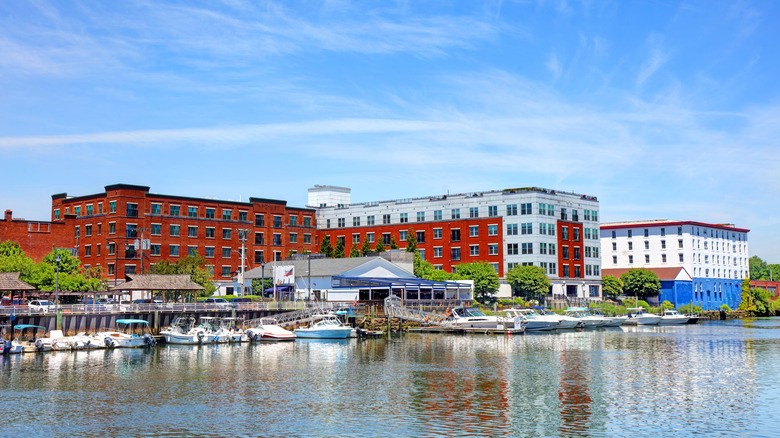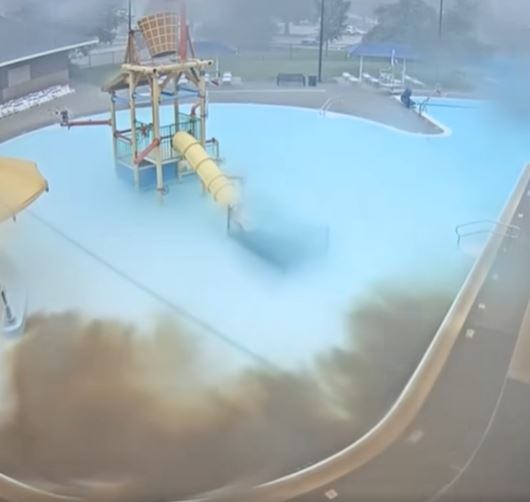Volcanoes can halt air travel, blanket areas with ash, and devastate communities. To put it simply, an eruption is a perilous display.
However, despite their potential hazards, volcanoes are becoming more popular as tourist destinations, providing travelers with an unparalleled encounter with nature.
A number of brave travelers will be relieved to find out that Sicily’s airport remains operational despite Mount Etna, the frequently erupting volcano on this Italian Mediterranean island, becoming active once more.
The biggest volcano in Europe started erupting bright lava and ash from early Monday morning onwards. Although the aviation alert level was elevated to red, Catania International Airport remains operational for now.
“Getting up there has become quite simple; you can find bus tours offered by local hotels,” explains Thomas Walter, who works at a German research center for geoscience.
An authority emphasizes that ethical volcano tourism matters, stressing that travelers ought to stay informed regarding local conditions before visiting.
However, in reality, the danger posed to travelers from a volcanic outbreak harming tourists is comparatively minimal when contrasted with other risks during travel. “People frequently underestimate both the elevation and poor weather conditions,” states Walter.
The Foreign Office travel advisories — which currently warn travelers about the risks associated with visiting volcanic areas — will provide revised recommendations and enhanced safety guidelines for the affected nations.
The UK’s Foreign Office has not advised travelers against flying to Sicily as of now.
advisory
emphasizes the significance of verifying with your travel service provider or directly with Catania Airport prior to your journey.
The Italian Civil Protection Department similarly provides
guidelines
, and warns that “misinformation can spread rapidly during an emergency, potentially hindering relief efforts.”
Around 1,500 active volcanoes can be found globally. As increased numbers of people explore various parts of the world, the likelihood of travel disruptions due to volcanic activity has also risen accordingly.
Away from Europe, volcano trekking is likewise a sought-after activity for tourists. This trend is particularly prominent in Central and South America.
In the Andes, majestic volcanoes towering over 5,000 or even 6,000 meters rise one after another like beads on a necklace running from north to south. In just Chile of South America, there are as many as 80 active volcanoes.
The Cotopaxi volcano in Ecuador is notably picturesque but can be active periodically. Its ashes have often reached the adjacent capital city of Quito.
Approximately 450 active volcanoes can be found within the Pacific Ring of Fire, with Indonesia accounting for 127 of them. In 2010, Mount Merapi on Java erupted, propelling plumes of volcanic ash as high as 18 kilometers into the atmosphere. Days prior to this event, the region near the volcano was cleared of people, which likely saved countless lives. “It’s an extremely hazardous volcano,” says Walter.
Why do people find volcanoes so intriguing? They ‘make the planet’s dynamics palpable,’ explains geologist Walter.
You cannot observe the gradual movement of a tectonic plate, but you can witness a volcanic eruption.” There might also be an underlying ancient belief: “Fire sparks curiosity among humans.
Italy’s Mount Etna, standing at around 3,350 meters tall, experiences frequent eruptions throughout the year and is closely observed by specialists. Known as Strombolian eruptions, these events typically provide an impressive display that draws numerous viewers.
The Italian Institute of Geophysics and Volcanology (INGV) stated that a pyroclastic flow was sighted—a searing cascade of ash, gases, and rocks initiated by a collapse on the northern flank of the southeast crater.
Based on early observations, the heated substance stayed contained inside the isolated and unpopulated Valle del Leone.
The INGV stated that the activity has escalated into a lava fountain—an eruptive stage where molten lava is propelled from the crater. The organization noted an upsurge in seismic vibrations and observed changes in the terrain within the crater region.













Leave a Reply